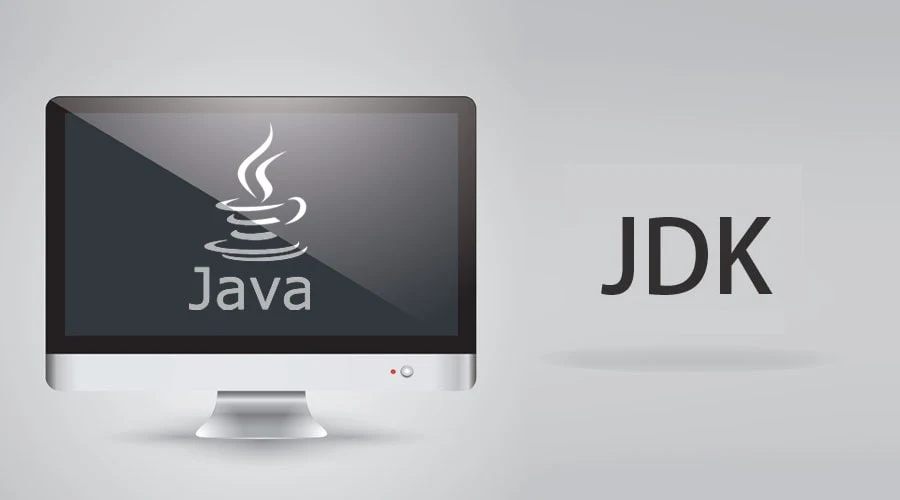
Java is one of the famous programming languages that is used mostly for web application and desktop development. There are many users who are still using it for programming purposes. There are still a lot of websites and applications available that will not open without having Java installed.
Jave is very reliable, fast, and secure, which makes it very beneficial to use. Java is everywhere, from game consoles to datacenters, laptops to scientific supercomputers, internet to cell phones; Java is used everywhere. Moreover, Java is completely free to download and use for all users.
However, many users of Java often wonder, “how to uninstall the JDK after deleting its files?” Now, it can be tricky for many people to uninstall Java after deleting its files. You need to find out the step-by-step process to do it successfully. Many people do not risk keeping Java on their PC due to all the security vulnerabilities.
You need first to check if Java is already installed or not.
Check Installation Status Of Java
Just like any other apps, you can visit the control panel of your computer to find out if the Java icon is available there. If it is available, then you have it installed. From the control panel, you can disable it on your web browser instead of uninstalling it. However, if you want to get rid of all traces of it, then uninstalling it is the best way.
If there are any older versions of Java installed on your computer, it will appear here. You will need to uninstall the older versions first before the latest one. Java now comes with an option or built-in tool with the latest versions to delete the older versions of Java. However, it is not able to completely get rid of all the files.
Also, the latest version of Java stays installed on your computer, which you do not want. You can uninstall all the different versions of Java using these steps. It will also help you to get rid of any traces.
Also Read: How To Uninstall Java On Mac
Uninstall JDK
Using some simple steps, you can remove all the older versions and the new version from your computer. Steps are the same for Java 8, Java 10, Java 9, Java 12, Java 11, Java 14, Java 13 if they are installed with the installer. Along with Java 9, Java 10, and Java 8, JRE also gets installed.
Also, there are no JDE files available separately from Java 11. Therefore, for Java 11, Java 13, Java 12, and Java 14, you will need to uninstall the JDK files. Follow these steps mentioned below to easily remove the Java version along with JDE or JDK files from your computer.
Step 1: You have to open the search option on Windows. Type in the box “applications” and search for the results.
Step 2: You will find a long list of results. Click on the “Add or remove programs” option, which will help you to find out all the applications installed on Windows. Alternatively, you can also access it from the settings option in Windows. You will be able to find all the different versions of Java that are installed on your PC in this list.
Step 3: You have to select the version that you want to remove and click on it. The uninstall option will appear just under the application. Click on uninstall to remove it from your computer altogether.
Step 4: You will get a notification asking for confirmation of the action. If you want to uninstall, click on it, and it will be installed from your computer.
Step 5: Similarly, you can also uninstall the JDK 8 from the computer. It will also remove the JRE and JDK directories that are created during the installation process.
Step 6: To confirm that Java is now removed from your computer, you can check the installed java in the console. Using the command, you will be able to check it and find out that it is already uninstalled.
Apart from this, you can also uninstall JDK for the new version like Java 14, Java 13, Java 12, and Java 11 installed with the help of the zip from Oracle. However, you might get an uninstaller error in many steps while uninstalling the JDK. It is one of the common issues that occur during uninstallation for different reasons.
You will also get a misleading message telling you to contact the system administrator. However, all you need to do is refresh it by reopening it or pressing F5. The JDK or JRE files, along with the downloaded Java Web Start application, will be removed.
Conclusion
Uninstalling Java is not a very tough process if you know the steps. Although you may face some errors while uninstalling them, these steps will help you remove them smoothly. You can go through the steps to find out how to uninstall the JDK after fields are deleted. However, make sure to rethink before removing it, as you have the option to disable it as well.












0 Comments